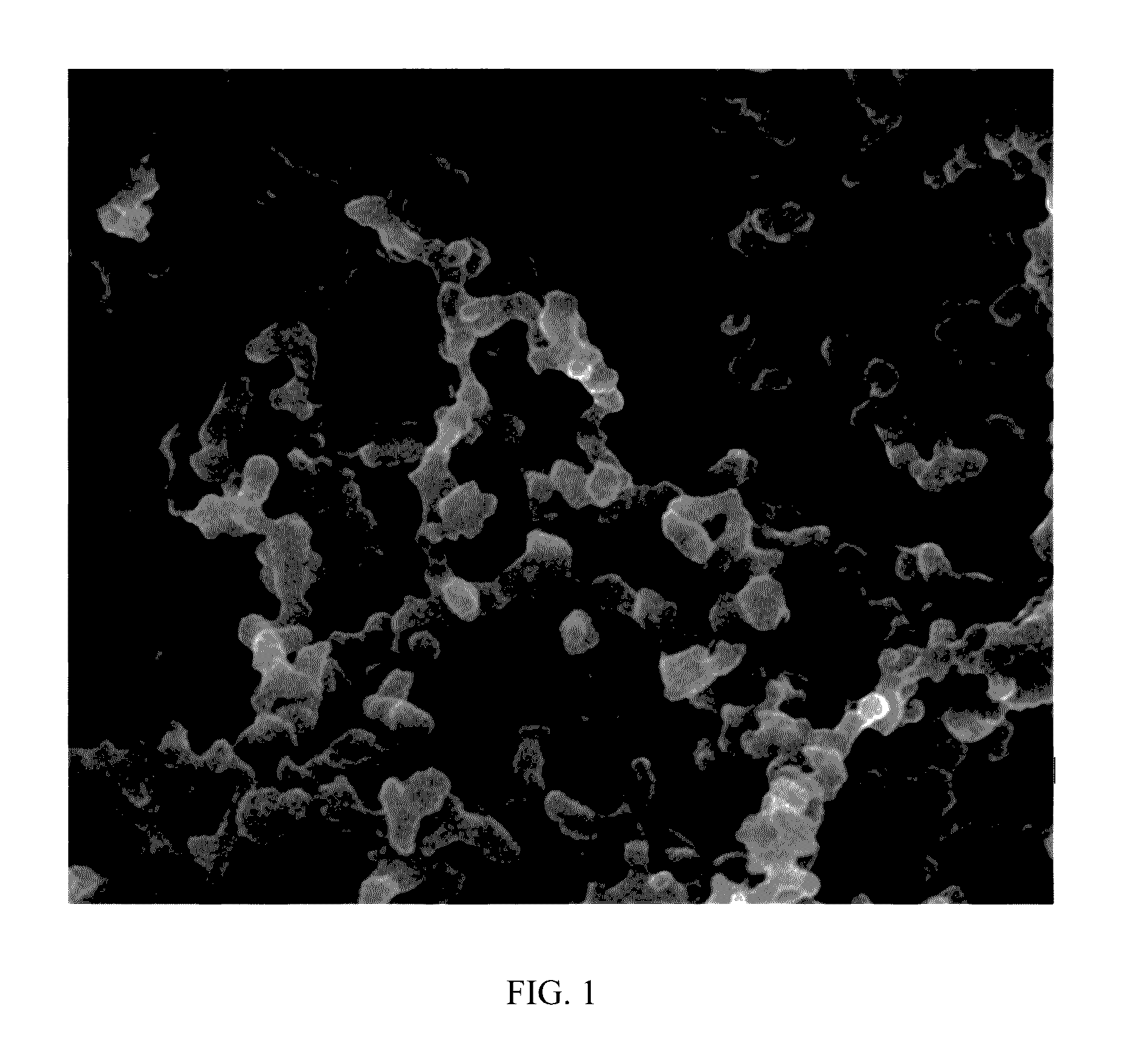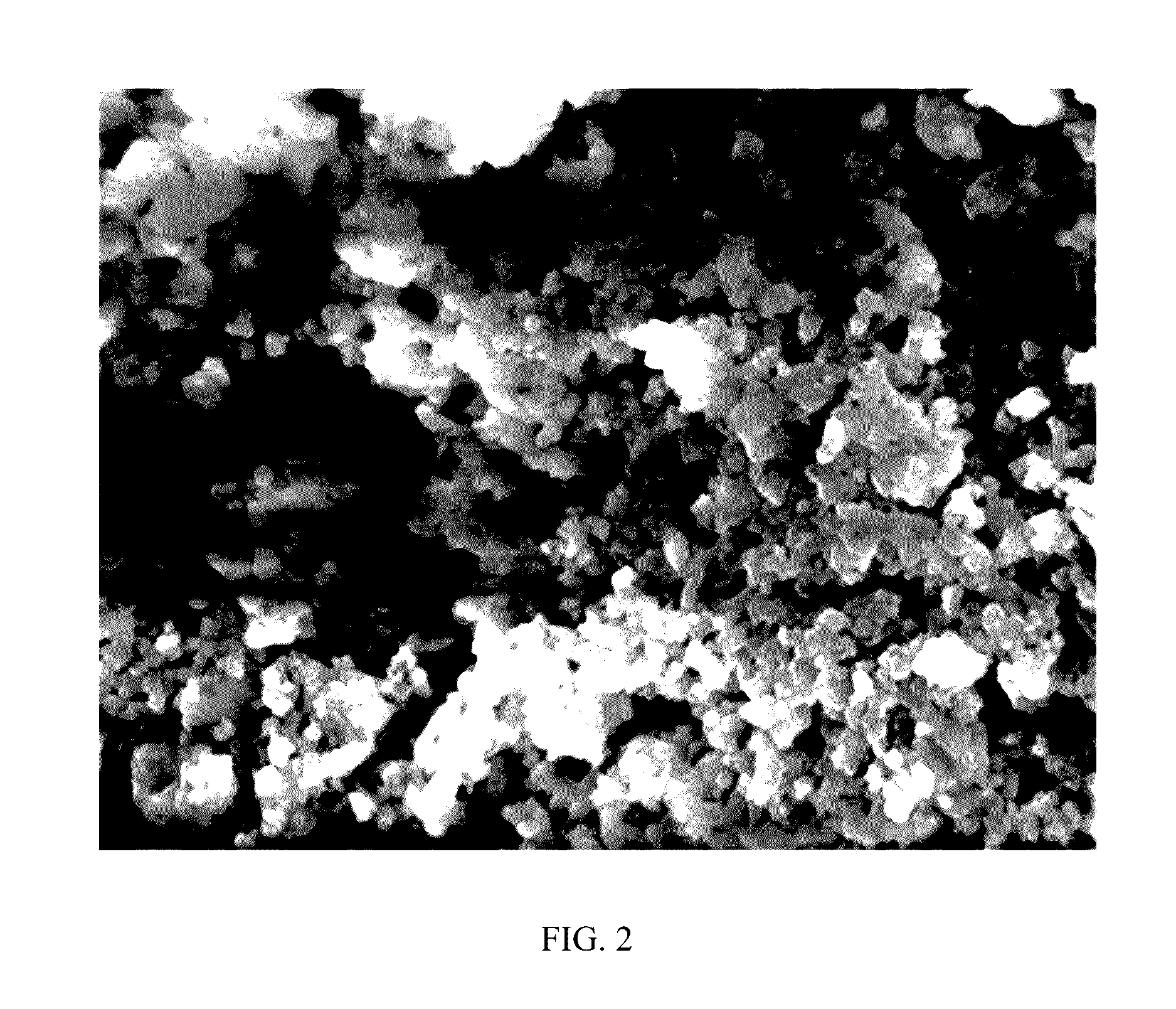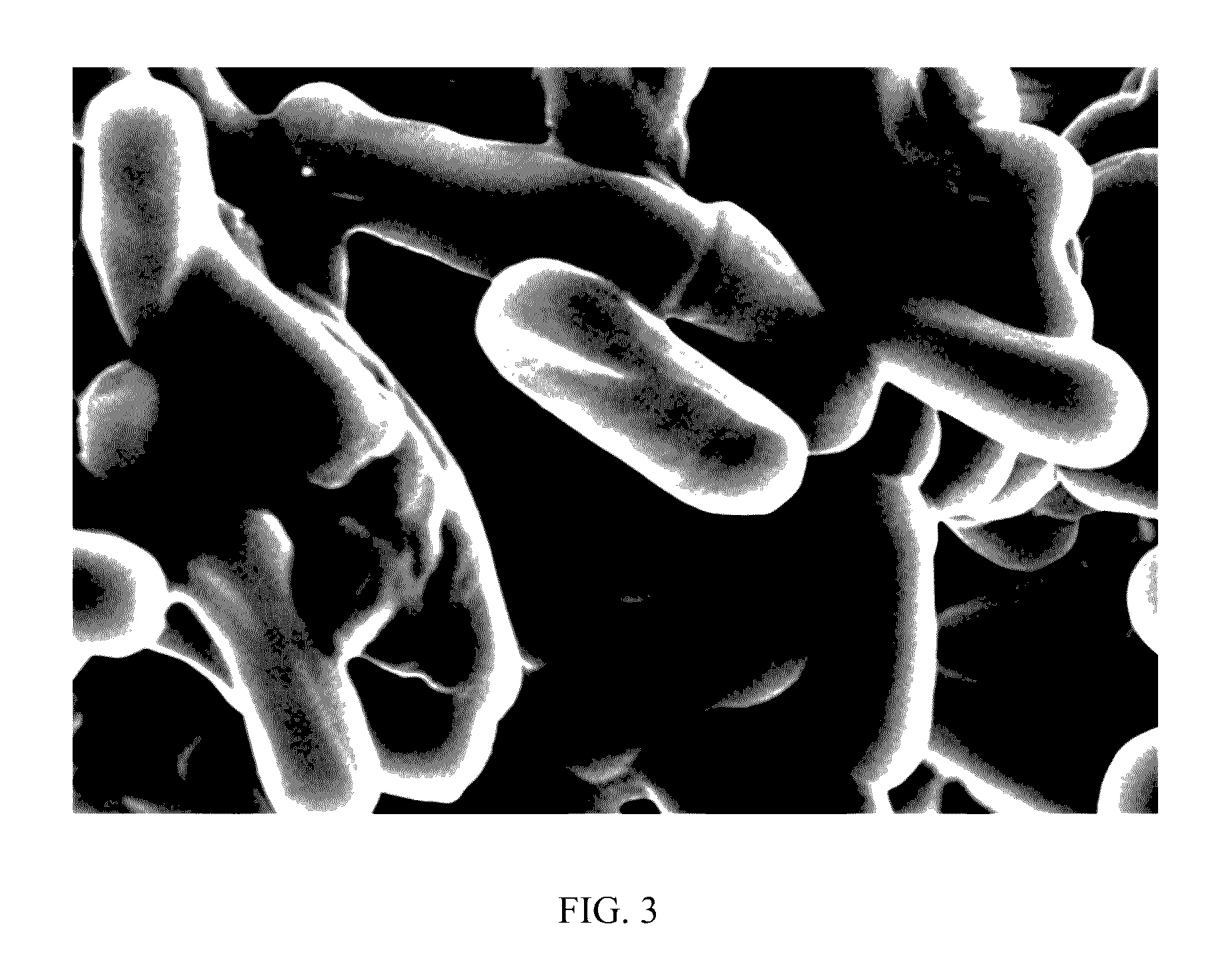Lactobacillus rhamnosus rht-3201 conjugated to polysaccharide polymer binder, and use thereof for prevention or treatment of atopic diseases
a technology of lactobacillus rhamnosus and polysaccharide, which is applied in the field of lactobacillus rhamnosus conjugated to a polysaccharide binder, can solve the problems of degrading immune responsiveness, and affecting the treatment effect of atopic dermatitis, so as to improve the competitiveness of the adhesive in the intestinal, prevent, alleviate, or treat atopic dermatitis
- Summary
- Abstract
- Description
- Claims
- Application Information
AI Technical Summary
Benefits of technology
Problems solved by technology
Method used
Image
Examples
example 1
[0117]Evaluation on Effects of Binders by Type
[0118] Preparation of Various Types of Binder Samples
[0119]Lactobacillus rhamnosus IDCC 3201 (KCTC 10833BP) were cultured in MRS medium containing 0.1-1% whey powder at 37° C. for 24 hours. After culturing, bacteria and a culture filtrate were separated via centrifugation. Then, hyaluronic acid, alginate, maltodextrin, chitosan, and polyethylene glycol were added at 0.1% (w / v) to the culture filtrate, respectively, followed by stirring for 1 hour and then concentration, thereby preparing binders which were then freeze-dried. Each sample was diluted with a phosphate buffer solution to prepare a final 1 μg / ml of sample. Skimmed milk powder was used as a control.
[0120] Preparation of Spleen Cells
[0121]5-week old female BALB / c mice were boosted with 2 mg of aluminum hydroxide and 1 mg of ovalbumin through intraperitoneal injection, and second-boosted in the same manner after six days. On day 13, the spleen was harvested from each mouse and s...
example 2
[0126]Evaluation on Effects of Binders by Concentration
[0127] Preparation of Samples by Concentration
[0128]The effects of binders by concentration were evaluated while, among the polymeric polysaccharide materials, the hyaluronic acid showing the best effect in Example 1 was used as a representative material. The hyaluronic acid was added at an amount of 0.0001-1% (w / v) to the culture filtrate, followed by stirring for 1 hour, and then the mixture was concentrated under reduced pressure, thereby preparing hyaluronic acid binders with different concentrations, respectively, and these binders were freeze-dried. Each sample was diluted with a phosphate buffer to prepare a final 1 μg / ml of sample. Skimmed milk powder was used as a control.
[0129] Test on Cytokine Production
[0130]The cytokine production rate in the spleen cells was investigated for the binder samples prepared in Example by the same method as in Example . The results are shown in Table 2 below.
TABLE 2Determination of conc...
example 3
[0132]Evaluation on Effects of Bacteria by Heat-Killing Condition
[0133]In order to determine the optimal bacteria heat-killing conditions, the heat-killing conditions according to the temperature and time were optimized and the adhesive ability to Caco-2 cells was evaluated, thereby selecting optimal conditions. More details for the test were as follows.
[0134] Preparation of Heat-Killed Bacteria Samples
[0135]Lactobacillus rhamnosus bacteria were heat-killed at 60-120° C. for 10, 20, 30, 40, 50, and 60 minutes (Heater, EYELA OSB-2100, China), and cooled at 30° C. before being used as test samples. Each sample was washed twice with a phosphate buffer solution, re-suspended in a 1 ml of the same buffer solution, and diluted to 1×108 cells / ml in serum-free DMEM, before being used for the test.
[0136] Evaluation on Adhesive Ability to Intestinal Mucosa
[0137]The Caco-2 cell monolayer was prepared by inoculating Caco-2 cells (Korean Cell Line Bank) at 1.2×105 cells / ml in Dulbecco's Modified...
PUM
| Property | Measurement | Unit |
|---|---|---|
| temperature | aaaaa | aaaaa |
| temperature | aaaaa | aaaaa |
| temperature | aaaaa | aaaaa |
Abstract
Description
Claims
Application Information
 Login to View More
Login to View More - R&D
- Intellectual Property
- Life Sciences
- Materials
- Tech Scout
- Unparalleled Data Quality
- Higher Quality Content
- 60% Fewer Hallucinations
Browse by: Latest US Patents, China's latest patents, Technical Efficacy Thesaurus, Application Domain, Technology Topic, Popular Technical Reports.
© 2025 PatSnap. All rights reserved.Legal|Privacy policy|Modern Slavery Act Transparency Statement|Sitemap|About US| Contact US: help@patsnap.com



